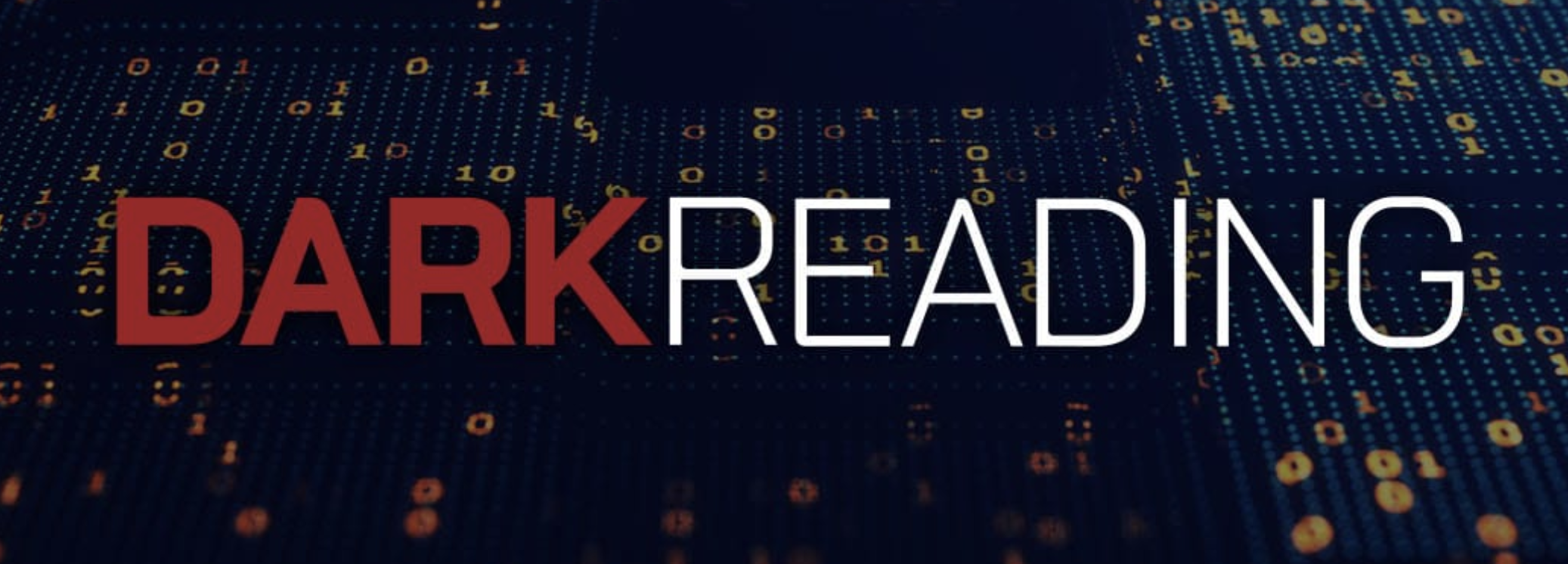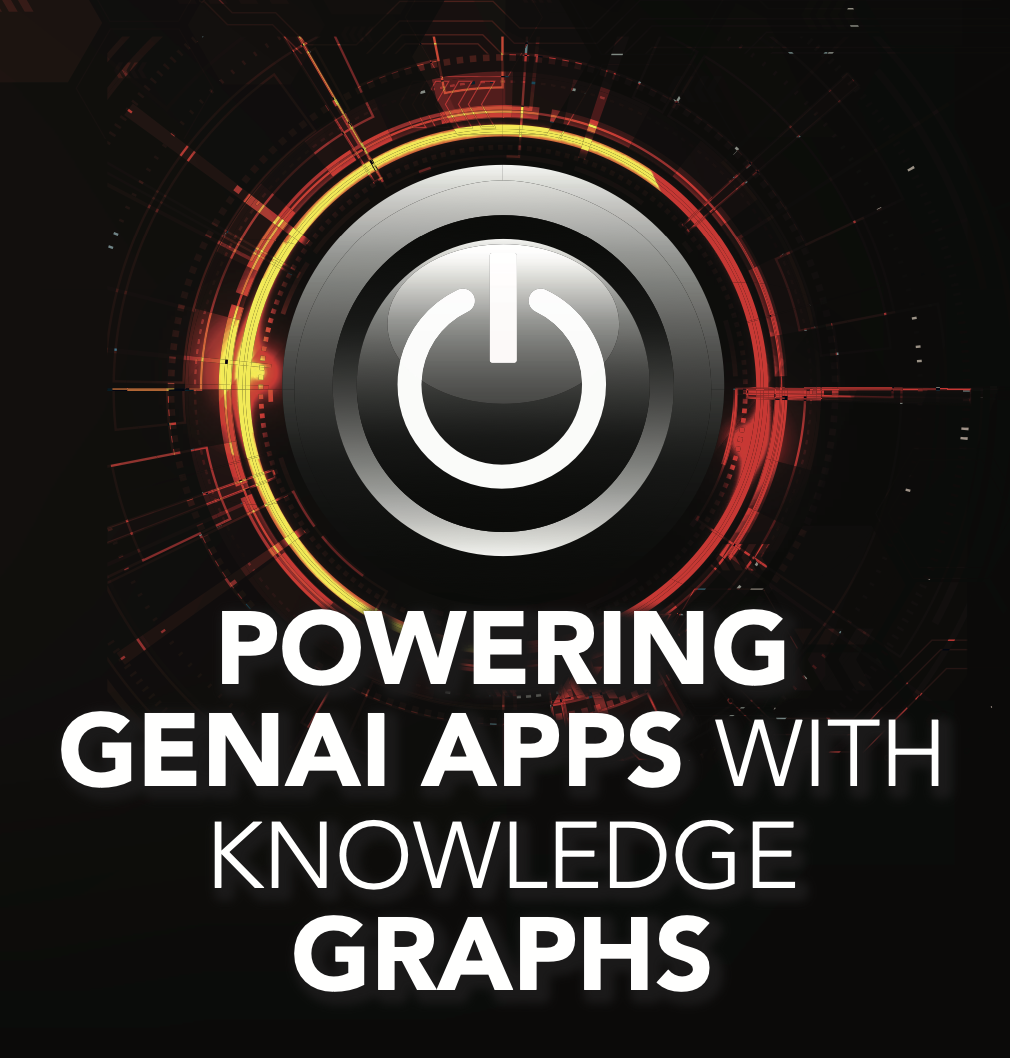
- 3 January, 2020
Franz’s 2020 Predictions in the News
Looking to the future of AI, KnowledgeGraph and Semantics we had a number of publications cover our views of where AllegroGraph is headed.
Datanami
We’re still in the midst of a fake news crisis, and with the emergence of deep fakes, it will likely get worse. Luckily, we have the technology available to begin to address it, says Dr. Jans Aasman, the CEO of Franz.
“Knowledge graphs, in combination with deep learning, will be used to identify photos and video that have been altered by superimposing existing images and videos onto source images,” Aasman says. “Machine learning knowledge graphs will also unveil the origin of digital information that has been published by a foreign source. Media outlets and social networks will use AI knowledge graphs as a tool to determine whether to publish information or remove it.”
DBTA
Ten Predictions for AI and Machine Learning in 2020
AI Knowledge Graphs will Debunk Fake News:“Knowledge Graphs in combination with deep learning will be used to identify photos and video that have been altered by superimposing existing images and videos onto source images. Machine learning knowledge graphs will also unveil the origin of digital information that has been published by a foreign source. Media outlets and social networks will use AI Knowledge Graphs as a tool to determine whether to publish information or remove it.” – Dr. Jans Aasman, CEO of Franz, Inc.
SD Times
Software predictions for 2020 from around the industry
Jans Aasman, CEO of Franz, Inc.
Digital immortality will emerge: We will see digital immortality emerge in 2020 in the form of AI digital personas for public figures. The combination of Artificial Intelligence and Semantic Knowledge Graphs will be used to transform the works of scientists, technologists, politicians and scholars into an interactive response system that uses the person’s actual voice to answer questions. AI digital personas will dynamically link information from various sources – such as books, research papers and media interviews – and turn the disparate information into a knowledge system that people can interact with digitally. These AI digital personas could also be used while the person is still alive to broaden the accessibility of their expertise.
Dataversity
Semantic Web and Semantic Technology Trends in 2020
“The big-name Silicon Valley companies (LinkedIN, Airbnd, Apple, Uber) are all building knowledge graphs. But more importantly, Fortune 500 companies, especially banks, are also investing in knowledge graph solutions.”
IoT gets into the picture too. Aasman points to “digital twins,” which can be thought of as specialized knowledge graphs, as an exceptionally lucrative element of the technology with an applicability easily lending itself to numerous businesses. Its real-time streaming data, simulation capabilities, and relationship awareness may well prove to be the ‘killer app’ that takes the IoT mainstream, he said. As an example, by consuming data transmitted by IoT sensors, digital twins will inform the monitoring, diagnostics, and prognostics of power grid assets to optimize asset performance and utilization in near real-time.
InsideBigData
2020 Trends in Data Modeling: Unparalleled Advancement
Shapes Constraint Language (SHACL): SHACL is a framework that assists with data modeling by describing the various shapes of data in knowledge graph settings, which produces the desirable downstream effect of enabling organizations to automate “the validation of your data,” remarked Franz CEO Jans Aasman. SHACL operates at a granular level involving classifications and specific data properties.
Workflow
Software-defined perimeter transmissions also guard information at the data layer by utilizing Datagram Transport Layer Security (DTLS) encryption and Public Key Authentication. Fortifying information assets at the data layer is likely the most dependable method of protecting them, because it’s the layer in which the data are actually stored. It’s important to distinguish data layer security versus access layer security. The latter involves a process known as security filtering in which, based on particular roles or responsibilities, users can access data. “You can specify filters where for a particular user or a particular role whether you could see or not see particular [data],” Franz CEO Jans Aasman said. “You could say if someone has the role administrator, we’re telling the system ‘administrators cannot see [certain data]’.”
Moreover, triple attributes can be based on compliance needs specific to regulations — which is immensely utilitarian in the post-GDPR data landscape. “For the government you could have a feature of whether you’re a foreigner or not,” Aasman said. “HIPAA doesn’t care whether you’re a foreigner or not, but you can do a separate mechanism for it.”







